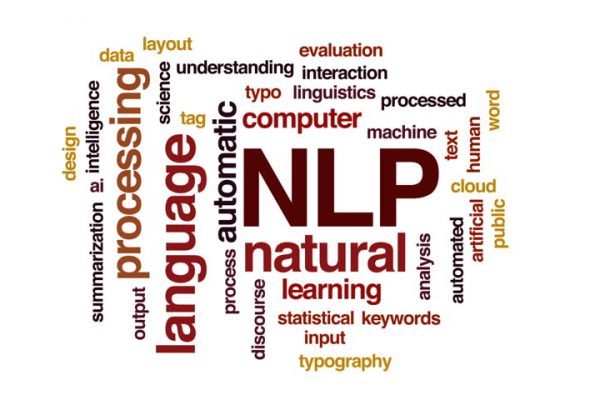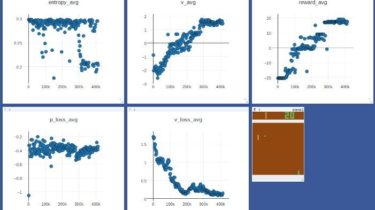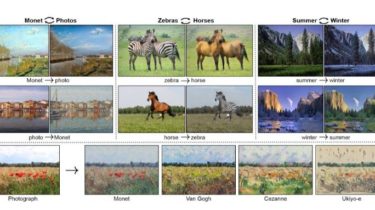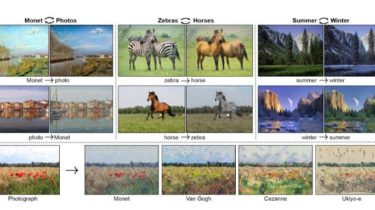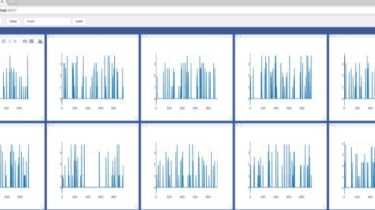The NLP Cypher | 07.25.21
Welcome back! This week’s Cypher will be a bit shorter than usual, it was a slow week in NLP land. But first, I want to update you on the BlenderBot 2.0 situation. On last week’s Cypher, the last hurdle to overcome with the instantiation of blenderbot inference was the search server (which gives the bot the ability to comb the web to answer factoid type of questions). Well we finally have a search server repo to work with! Thank you […]
Read more